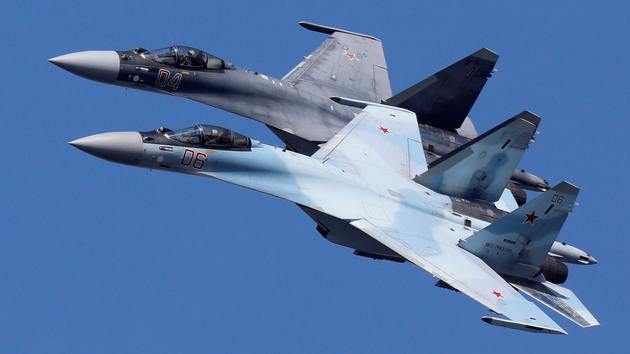Russia has intensified efforts to sell arms to Southeast Asia, looking to lift its economy and diversify diplomatic relations in an increasingly polarized world, Nikkei Asia Review writes in the article Russia locks onto Southeast Asia to boost arms sales. Lyudmila Vorobieva, Moscow's ambassador to Jakarta, expressed high hopes this month for Indonesian purchases of Russian Sukhoi Su-35 fighter jets. The Southeast Asian country had signed a contract to buy 11 of these planes for the equivalent of $1.1 billion back in 2018, though the U.S. has hinted at sanctions on Indonesia should the deal go through.
"Sanctions will not prevent the purchase of high-quality Russian arms," Vorobieva told reporters. Indonesia, which regards the Su-35s as its new mainstay fighters, is monitoring moves by Russia and the U.S.
Russia and Vietnam also affirmed military cooperation at a virtual meeting of high-ranking defense officials July 3. Moscow has exported submarines and other equipment to Vietnam in the past, as well as tanks to Laos in January.
Russia produced 28% of the arms in value terms procured by members of the Association of Southeast Asian Nations between 2010 and 2019, the Stockholm International Peace Research Institute reports, up from 24% between 2000 and 2009.
In contrast, the U.S. sank to 18% from 23%. China's share more than doubled between the two decades, but it still trails far behind Russia at roughly 8%.
Russian arms are said to be cheaper than U.S. and European alternatives. Some ASEAN countries like Indonesia and Thailand have cut defense spending in response to the coronavirus pandemic even as China increases activities in the South China Sea, making Russian military equipment an attractive option.
"Russia is flexible on payment methods other than cash, which gives it an edge in developing economies," said Shinji Hyodo, director of policy studies at Japan's National Institute for Defense Studies. Indonesia is slated to make half its payment for the Su-35 jets with exports of palm oil, rubber and other products.
Moscow sees arms exports to Southeast Asia as a way to lift the country's economy, which has suffered under lengthy sanctions led by Washington. It also is pursuing multilateral cooperation in anticipation of a further decoupling between the U.S. and China.
Russia seeks to diversify its economic relationships in Asia by selling nuclear power technology and information technology to Southeast Asian markets, according to Vassily Kashin, a research fellow at the Institute of the Russian Far East.
Greater Russian involvement in Southeast Asia also gives the region more diplomatic options. With the South China Sea as a flash point for Washington and Beijing, ASEAN members worry they will be forced to choose between the two powers. Russia "could become a negotiation chip for us with the U.S. and China," said a source at the Indonesian Foreign Ministry.
Russia and the 10-nation bloc are working together economically and on the coronavirus response as well. They agreed to cooperate on vaccine development, in a statement from their foreign ministers meeting in June, and ASEAN hopes to secure its supply of a vaccine candidate under development in Russia.
Singapore signed a free trade deal with the Moscow-led Eurasian Economic Union in 2019. Russia hopes to sign trade pacts with other Southeast Asian nations as well.






